The chance of a major asteroid striking Earth in 2032 heightened to 2.3 percent, but scientists say the likelihood of impact remains very low.
Newsweek reached out to NASA for comment via email.
Why It Matters
NASA is tracking the asteroid, known as 2024 YR, and expected to measure from 130 to 330 feet across in diameter. If it were to strike Earth, it could have the same impact as a nuclear bomb, potentially inflicting substantial damage if it were to strike a heavily populated area.
Scientists have said that while the likelihood of the asteroid hitting Earth remains small, it's still worth tracking.
What To Know
It was initially believed the asteroid, first detected on December 27, had about a 1 percent chance of colliding with Earth, but by Thursday, that chance had risen to 2.3 percent. On Wednesday, NASA placed the likelihood at 1.9 percent, according to the Canadian Broadcasting Corp.

If the asteroid ends up hitting the planet, it would likely occur on December 22, 2032, the Associated Press reported, noting that it's too early to know exactly where it would hit. The BBC reported it would probably land in the ocean in a remote part of the planet.
The asteroid ranks as a 3 on the Torino Impact Hazard Scale, which categorizes asteroids on a scale of 0 to 10 to capture the likelihood and consequences of a potential impact.
NASA's Center for Near Earth Object Studies describes a 3 as a "close encounter" that is "meriting attention by astronomers."
"Current calculations give a 1% or greater chance of collision capable of localized destruction. Most likely, new telescopic observations will lead to re-assignment to Level 0. Attention by public and by public officials is merited if the encounter is less than a decade away," the center's website reads.
Objects within the 5 to 7 categories are considered "threatening," while any certain encounters are classified within the 8 to 10 categories, depending on the severity of impact.
Scientists will continue monitoring the asteroid to get a better understanding of its path and accurately determine the likelihood of it striking.
What People Are Saying
Robert Massey, deputy executive director of the Royal Astronomical Society, previously told Newsweek: "I'm not really concerned at all, it's the kind of thing that should concern policymakers and astronomers particularly whose job it is to track these things and refine orbits. The odds are very, very low and as observations get better it's very likely that the probability will drop to zero, so I don't think the public should be unduly concerned."
Researcher Molly Wasser, in a NASA blog post: "There have been several objects in the past that have risen on the risk list and eventually dropped off as more data have come in. New observations may result in reassignment of this asteroid to 0 as more data come in."
What Happens Next
Scientists will continue to monitor the asteroid in the coming months. Despite the rise in likelihood of a collision over the past few days, scientists expect it to decrease, potentially to zero, between now and 2032.
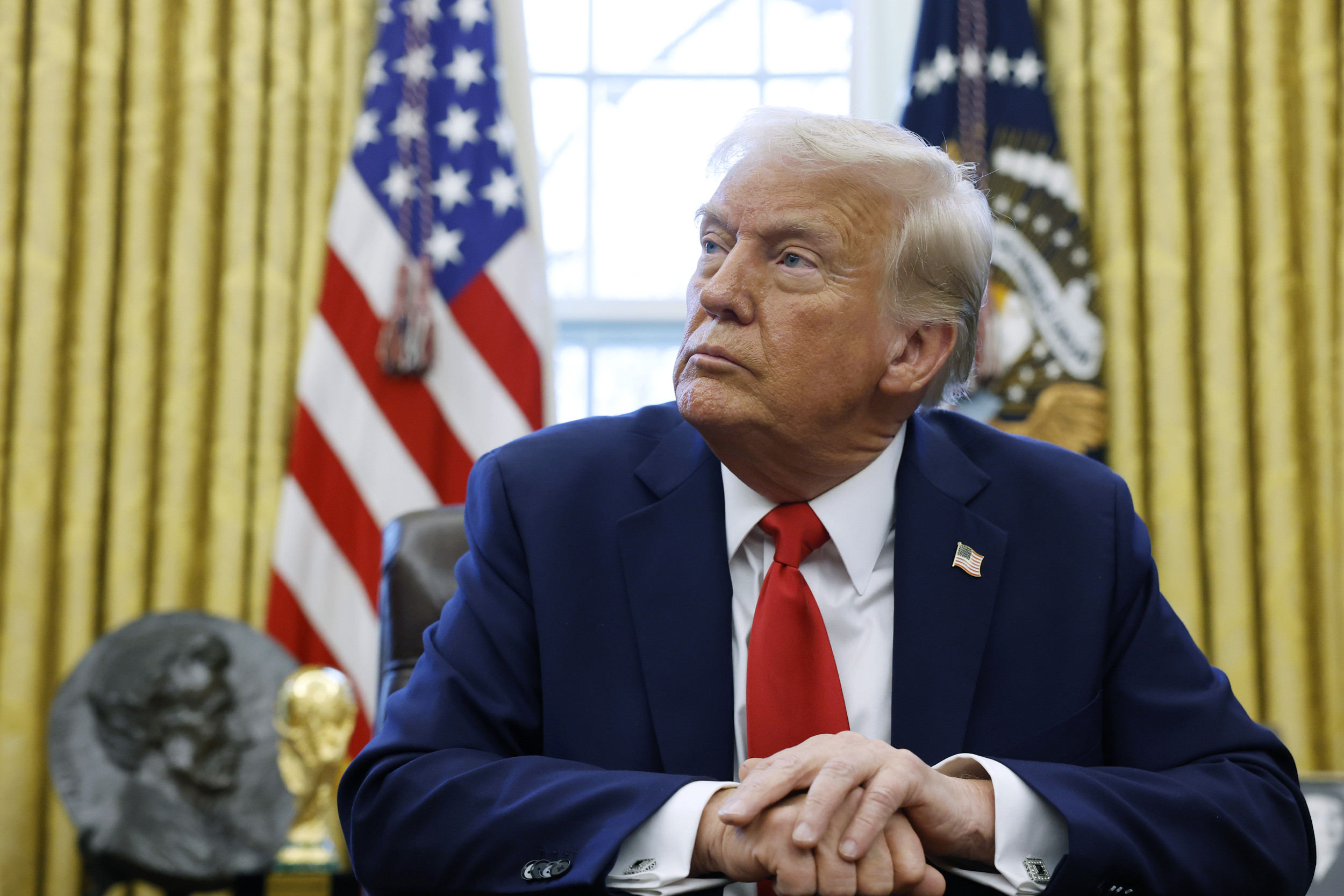
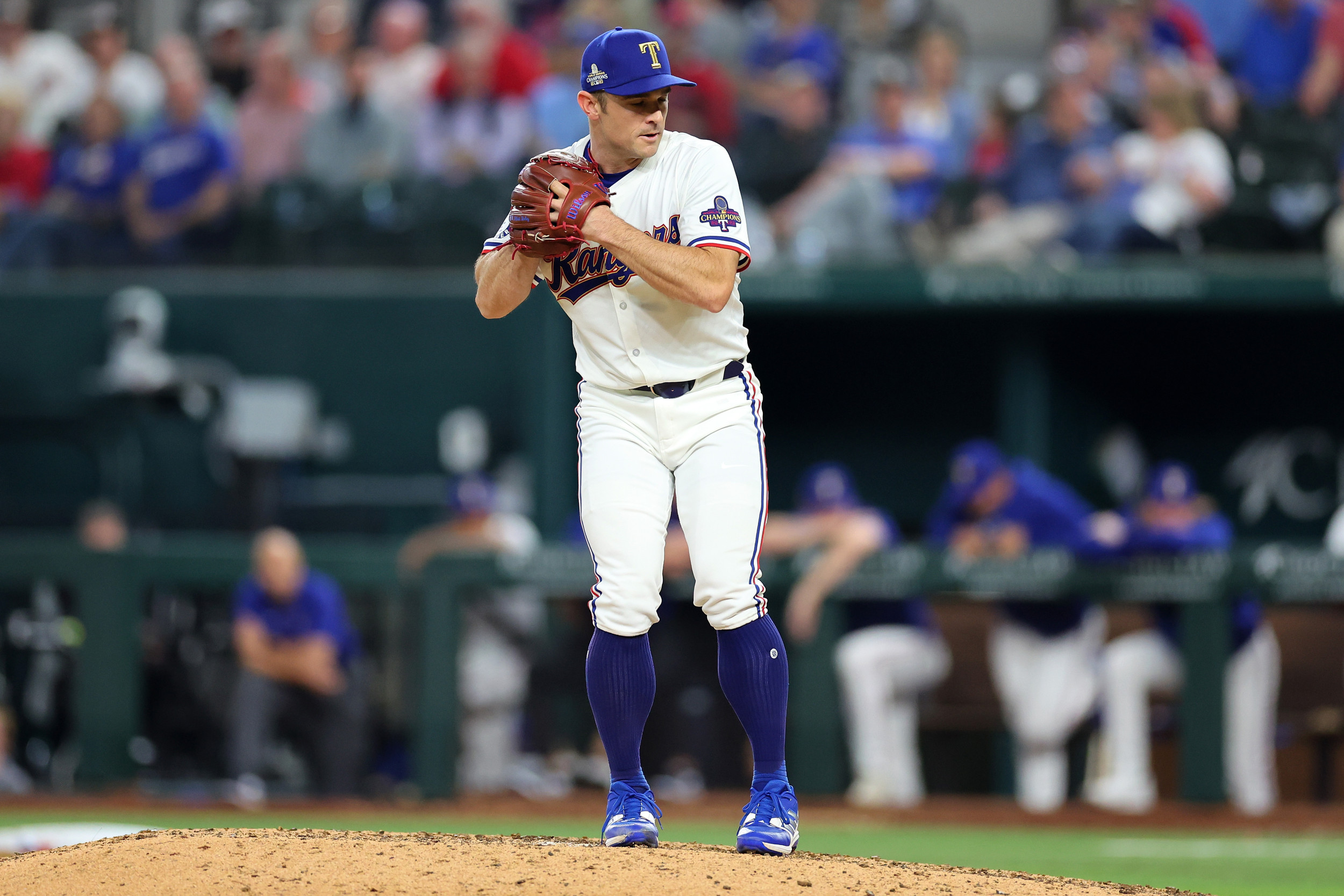


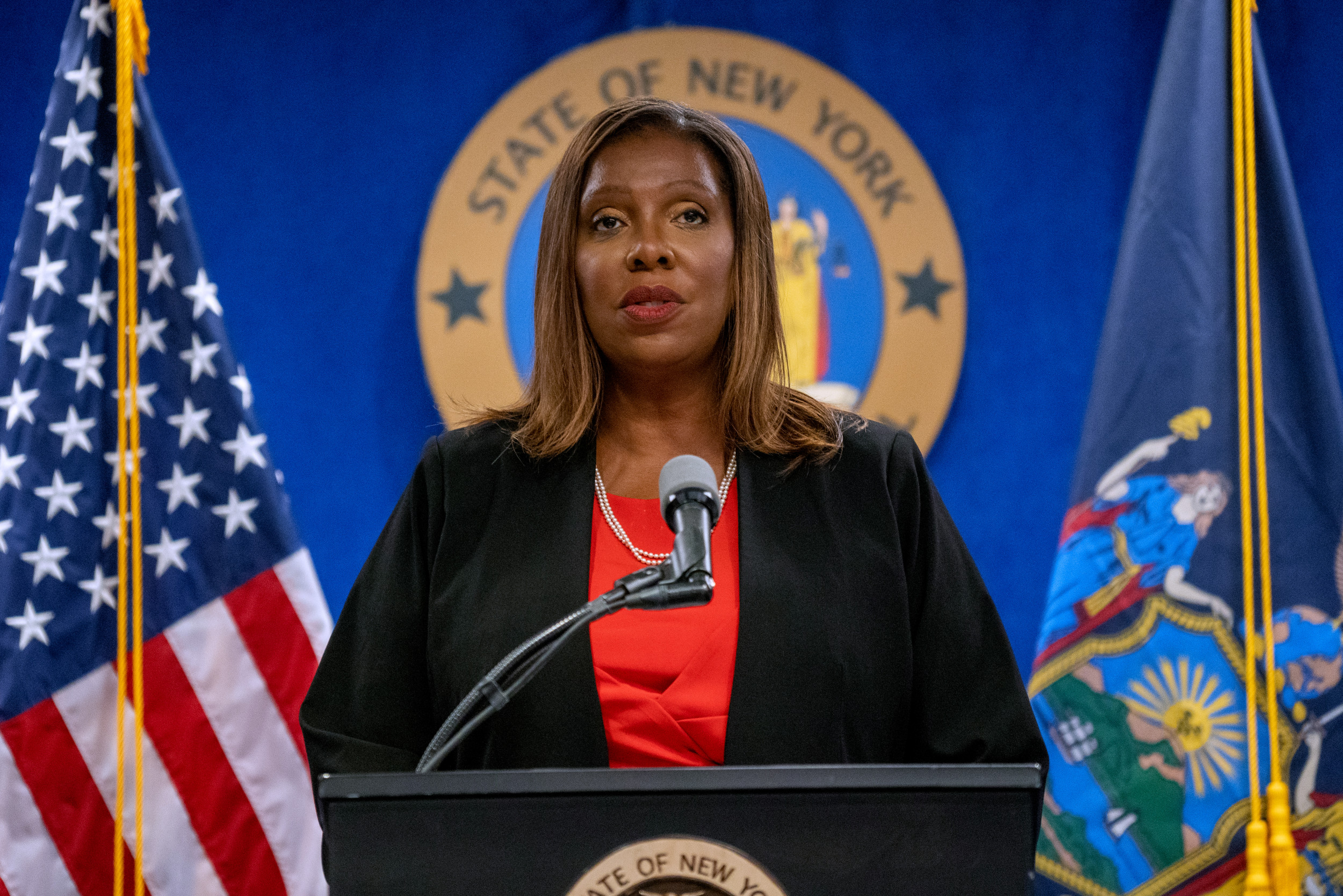


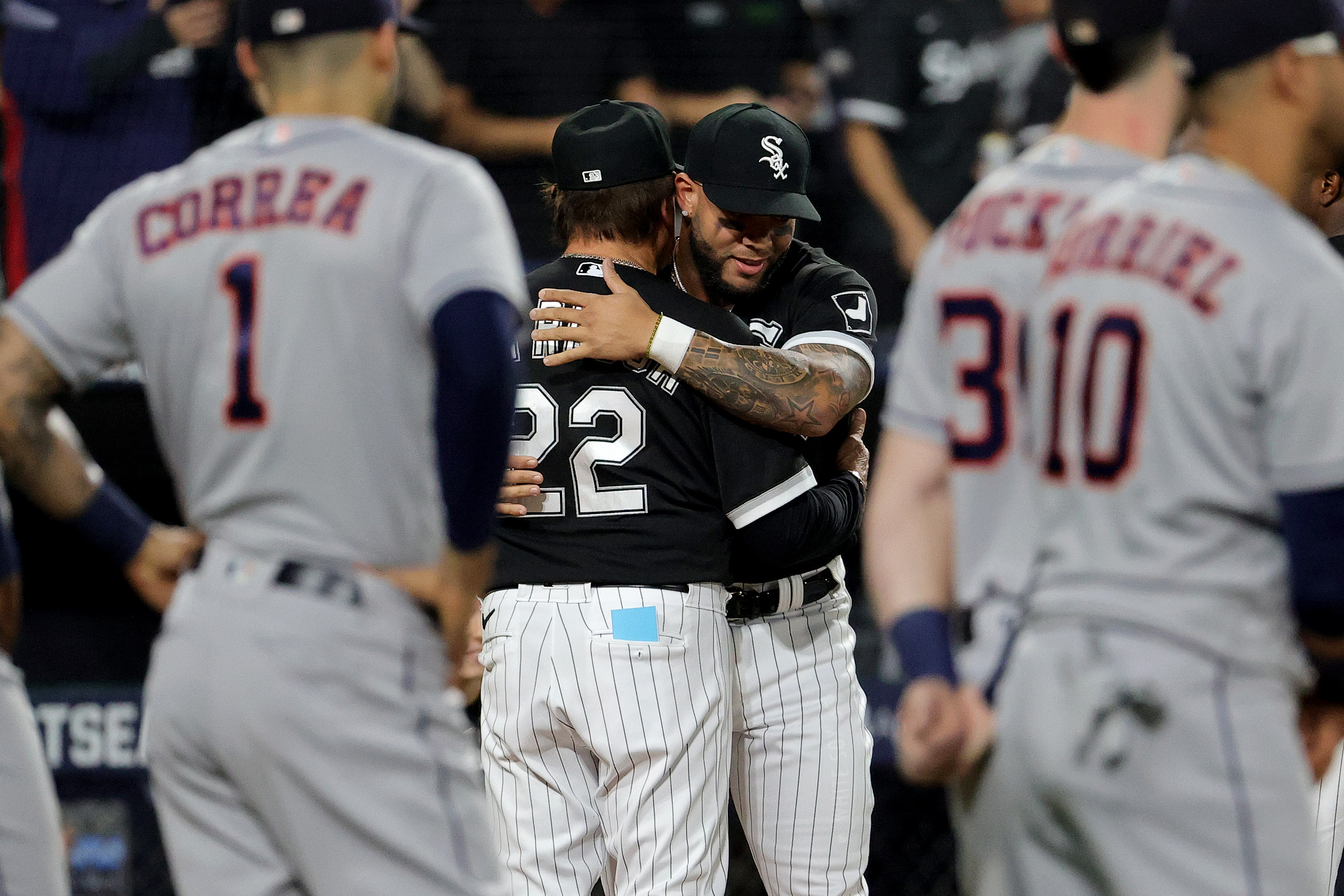

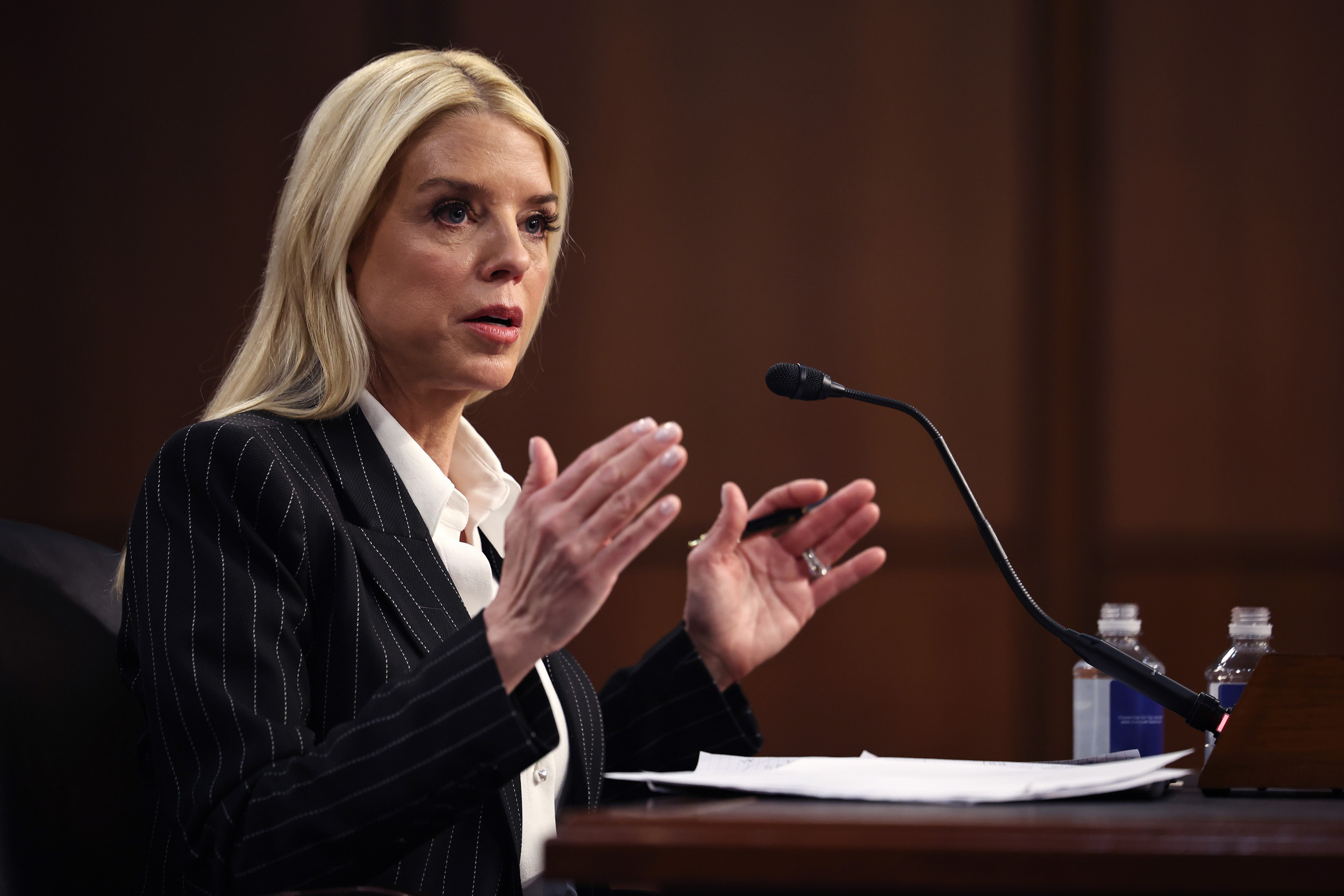
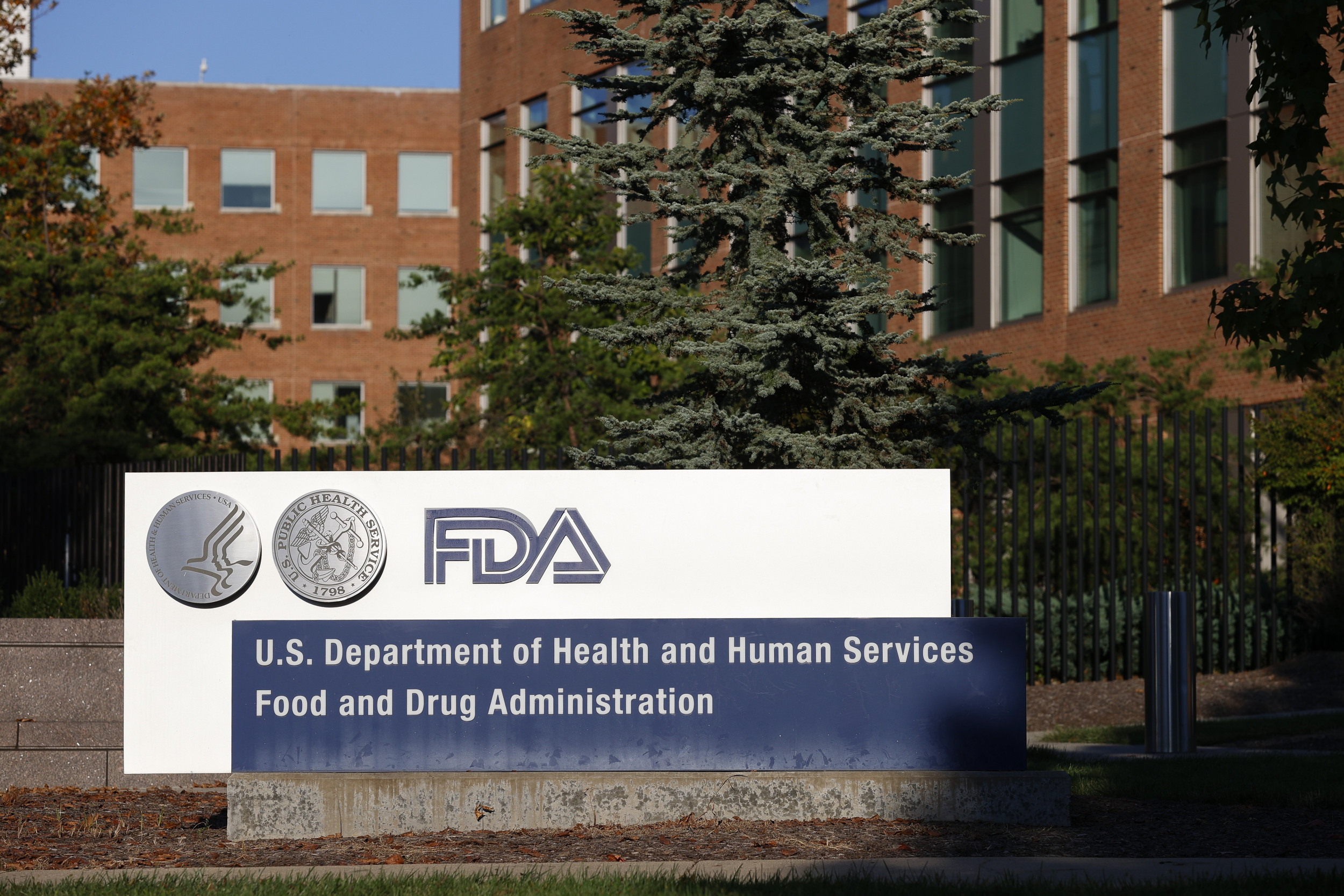



)





 English (US) ·
English (US) ·